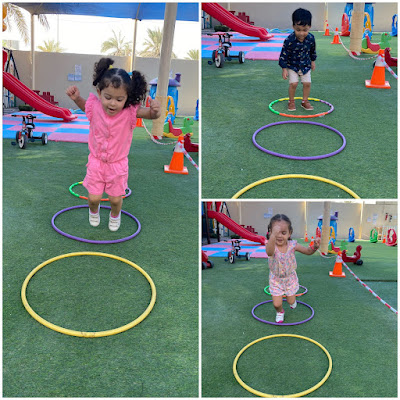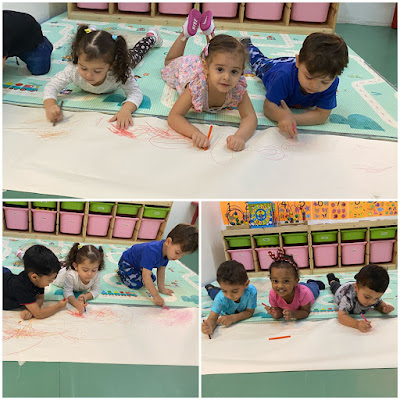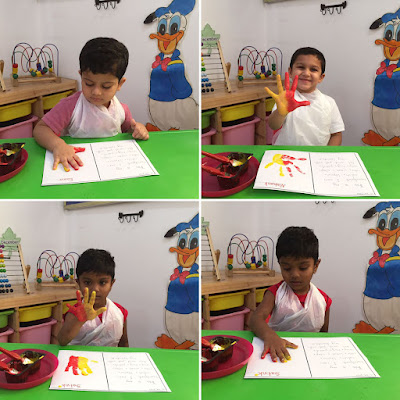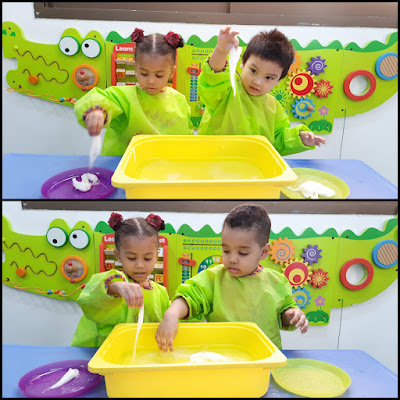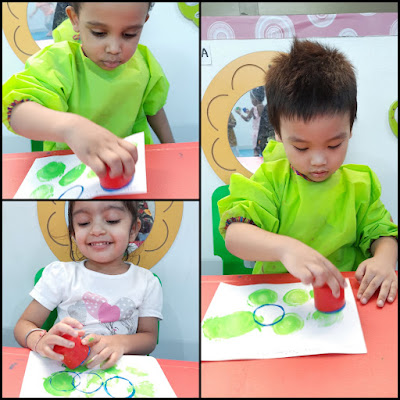WHEN YOUR CHILD SAYS HE HATES PRESCHOOL.
As a parent it is very upsetting and disturbing when your child says that he/she hates preschool. Before you decide to pull your child out of preschool or change his/her preschool, you need to study the situation carefully. You need to investigate and get to the real problem.
Ask yourself questions that may help you to understand why your child dislikes preschool - questions such as:
1. The preschool’s learning style: Is it in accordance with your child’s interests and likes.
2. Did anything unpleasant happen in the preschool that has impacted your child?
3. Is it you who is rushing? Have you given ample time to settle and adjust to the new environment and people?
4. Did the preschool change the teacher, the caretaker, the classroom, or any of his/her favorite peers?
5. Separation anxiety is a very normal emotion. Your child simply needs time to adjust. Is it you who needs to calm down and take it easy?
Steps to develop love of preschool and help your child to adjust well:
Establish communication: Talk to your child about the preschool. Specific questions about their favourite friends, time of the day, area of the classroom, adult in the preschool. It is very normal that children experience separation anxiety and it is a phase that soon fades away.
Establish routines: Routines help children to feel in control of themselves and of their surroundings. It gives their day a structure and they do not feel insecure that sets in due to uncertainty.
Language for expression: Teach your child specific vocabulary to express specific emotions and situations. This will help you to gauge your child’s likes, dislikes and difficulties.
Meet with the preschool: Meet with your child’s preschool to discuss your child’s interests, progress, likes, dislikes, concerns, or any particular struggles that you are not aware of. It could also be a particular activity, song, adult or even a time of the day that your child dislikes or is uncomfortable of.
Once you are convinced that this emotion is not due to any abusive situation or safety concerns or just the child wants to stay at home, then…..
a. *you need to work on a plan along with your child’s preschool. You and the preschool should be partners in finding ways to make the preschool experience a happy one where your child feels he is at home away from home.
b *ask for the weekly schedule so that you may discuss the next day’s routine with your child.
*you may establish a quick goodbye routine.
*plan for a gradual increase of separation time
*make use of methods as used by the preschool to strike familiarity with the child
*sing same songs as sung by the teacher in the classroom
*most importantly, give them more attention, hugs and kisses so that they feel their attending of preschool is a feat that their parents are proud about.
This will make your child love preschool and will rise every morning excited to be at the preschool.
If all this fails, then you may consider a change of care and environment.






